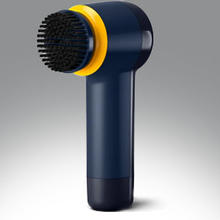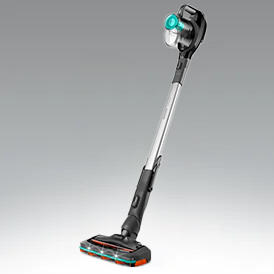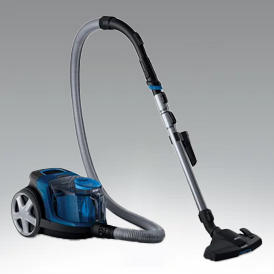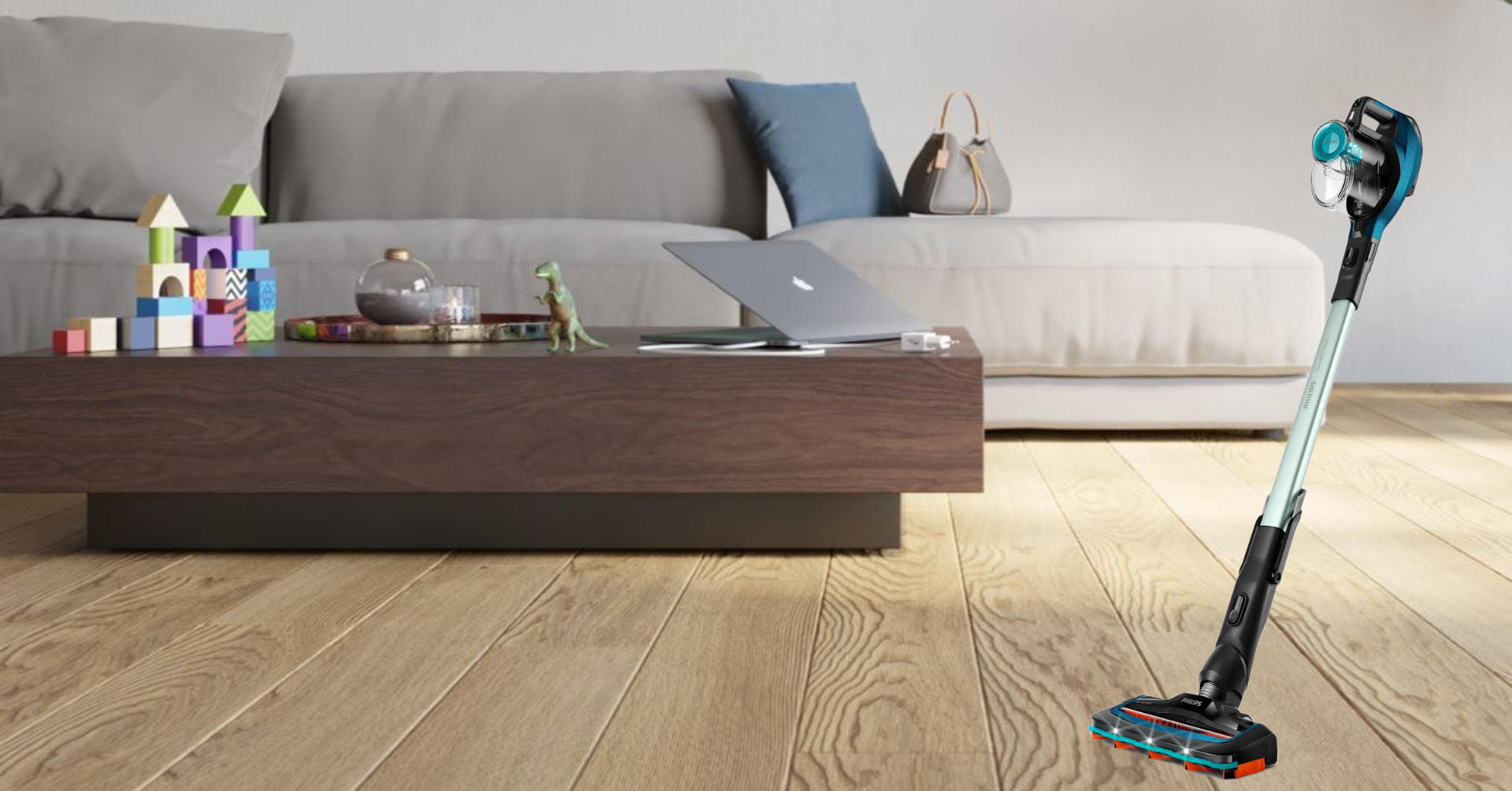Dust will always be there since it comes from your shoes, pollen, dead skin cells, clothes fibers, carpet fibers, and pet hair. And while it may create allergies, taking adequate care of it is crucial to your cleaning routine. Check out the rest of this article for more advice on keeping your home free of dust. It can be divided into two parts: knowing how to dust correctly and also understanding how to avoid dust accumulation in the first place.
With our advice on effectively removing the dust, we will start by addressing the issue at hand.
1. How Frequently Should You Clean Up Dust?
Sadly, dust will never truly disappear. The first step in learning how to dust properly is to dust frequently. This will help us remove it more effectively.
• Make use of a vacuum with strong suction. The Philips Cordless Stick Vacuum Cleaner is the ideal option. Its 180 degree suction effectively collects animal hair, dust, and pollen, making it ideal for maintaining hygienic conditions in homes with animals.
• Go once a week. You might need to use your duster more frequently if you or someone else in your home has a dust mite allergy or if you have pets.
• As a general rule, the surfaces in your home shouldn't have any visible dust.
You should only need to clear up dust once a week if you follow the advice given below to keep dust to a minimum.
2. Dust cleaning: Top to Bottom
Starting from the highest position is the best method for removing dust. The issue with removing dust from the floor is that some of it will fall off when you work on the windowsills and furniture afterwards, necessitating a second-floor cleaning. Work your way down, starting with the top with the window, door frames, and cabinets.
3. Remove Dust From Furniture and Objects
It is simple to remove loose dust from a bookcase or cabinet using a portable
Philips vacuum cleaner. The surface can be cleaned with a damp microfiber cloth to remove any sticky dust that may have stuck to the mushy substance, like coffee mug rings. When you merely use a dry towel, you run the risk of spreading the dust rather than eliminating it.
4. Remove Dust From Furnishings
Dust can accumulate on soft items like upholstered couches, rugs, and even curtains, even though it may not be as visible. Try vacuuming textile surfaces using a suitable attachment, to eliminate the dust. Just keep in mind to first check the care label. You can also easily wash several furniture covers and drapes.
5. Remove Dust From Carpets
Everywhere in the house, but particularly in spaces with poor airflow, such as behind bookcases and under beds, dust gathers. Want to know how to swiftly remove dust from the carpet, especially in difficult-to-reach areas? Use a 360-degree suction nozzle vacuum, such as the SpeedPro Aqua.
6. Top Ways to Prevent Dust in your Space
The less dust there is in your house, the less cleaning is required! These tricks can help:
• Place doormats. Sand and other filth from your shoes bring some dust into your house. Doormats pick up some of it. Alternatively, you can decide not to wear shoes inside your house.
• Pets should be brushed regularly. Pets are to blame for the abundance of hair and dust. Regularly brush your pets (outside!), especially if they are growing.
• Keep the number of products on display to a minimum. Although they can add warmth to your house, decorative items can also attract a lot of dust and be challenging to keep clean. Items kept in closed cabinets, drawers, and boxes won't accumulate dust rapidly. A neat, clutter-free home is also quicker and easier to clean.
• Open the windows. During the morning and evening, leave your windows open for ten minutes to let fresh air in. Additionally, it's a good idea to ventilate the room while dusting so that any dust whipped up into the air can be drawn out of the space by the draught.
• Use air purifiers and indoor plants. Aloe vera and ivy are two indoor plants that can help filter the air. In addition to removing ultra-fine particles, a quality
air purifier also reduces bacteria, viruses, and allergens to help maintain the health of your household.
You don't have to spend hours dusting every week to enjoy a more hygienic house, thanks to these cleaning and prevention techniques for dust.

















